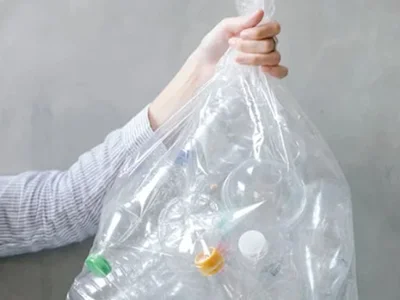3 Simple Techniques For Reclaim Waste
All About Reclaim Waste
Table of ContentsThe Single Strategy To Use For Reclaim WasteThe Of Reclaim WasteHow Reclaim Waste can Save You Time, Stress, and Money.Reclaim Waste for DummiesAn Unbiased View of Reclaim Waste
Discover the types, events, and types of liquid waste. Residential sewer waste refers to the waste and products from a property septic container. This sort of waste is created by human beings in residences, institutions, and other buildings. This only consists of sewage-disposal tanks that have a drainpipe field. The correct administration and disposal of domestic sewer waste require liquid waste to be moved to a sewer treatment plant where the proper methods and tools are related to detoxify and dispose of waste.
Commercial waste typically includes possible threats, such as flammable materials or a mix of liquid and solid waste products, and calls for a more advanced and in-depth disposal procedure. The disposal of business waste commonly entails the filtration of waste prior to transportation to ensure risk-free and correct disposal. Hazardous waste is created from byproducts and runoff of industrial procedures and manufacturing.
This kind of waste can not use the very same sewage management transportation or procedures as septic or industrial liquids. The hazardous waste management process needs the evaluation and testing of liquid waste before it undertakes the disposal process (industrial wastewater treatment). Runoff waste is the liquid waste that originates from overflow and excess stormwater in highly booming locations or cities
Runoff waste can cause contamination and flooding if not handled properly. Making sure appropriate waste administration can prevent disasters and decrease ecological damage.
About Reclaim Waste
Contact PROS Services today to discover our waste management and disposal services and the correct methods to care for the fluid waste you generate.
(https://www.openstreetmap.org/user/reclaimwaste1)Do you recognize what takes place to your water when you disengage, flush the commode or drain pipes the cleaning equipment? No? Well, it's worth recognizing. This supposed 'wastewater' is not only a vital source however, after treatment, will be launched to our land, waterways or the sea. Utilized water from toilets, showers, baths, cooking area sinks, laundries and commercial procedures is called wastewater.

water utilized to cool down equipment or clean plant and tools). Stormwater, a form of wastewater, is drainage that streams from agricultural and metropolitan locations such as roofings, parks, gardens, roadways, courses and gutters into stormwater drains pipes, after rain. Stormwater streams without treatment directly to neighborhood creeks or rivers, ultimately getting to the sea.
The Reclaim Waste Diaries
In Queensland, the majority of wastewater is treated at sewer therapy plants. Wastewater is transferred from residential or commercial websites via a system of sewage systems and pump terminals, called sewage reticulation, to a sewage treatment plant. Local governments construct, keep and run most sewage treatment plants. Operators are certified under the Environmental Management Act 1994 to release treated wastewater at an acceptable environmental standard right into rivers.
The Department of Natural Resources recommends city governments concerning handling, operating and preserving sewage systems and treatment plants. In unsewered areas, city governments may need owners to set up individual or household sewer therapy systems to deal with domestic wastewater from toilets, cooking areas, bathrooms and washings. The Division of Natural Resources authorizes using household systems when they are proven to be effective.
In some new subdivisions, therapy of some stormwater to get rid of trash, sand and gravel has actually started utilizing gross pollutant traps. Wastewater therapy occurs in four stages: Eliminates strong issue.
Utilizes little living microorganisms knows as micro-organisms to break down and eliminate staying liquified wastes and fine fragments. Micro-organisms and wastes are incorporated in the sludge.
What Does Reclaim Waste Do?
Nutrient elimination is not offered at all sewer treatment plants because it requires expensive specialised tools. Clear fluid effluent generated after therapy may still contain disease-causing micro-organisms - liquid waste disposal melbourne.

This usually means wastewater has actually to be dealt with or contaminants eliminated before it can be released to waterways. The majority of wastewater flows right into the sewage system. Under the Act, city governments provide approvals and permits for eco pertinent activities (Ages) entailing wastewater releases that could have a regional effect. The department carries out approvals and permits to Ages involving wastewater launches that might have a regional or statewide impact.
About Reclaim Waste
Monitoring offers valid information regarding water high quality and can verify that permit conditions are being met. The information acquired via surveillance gives the basis for making water top quality decisions.